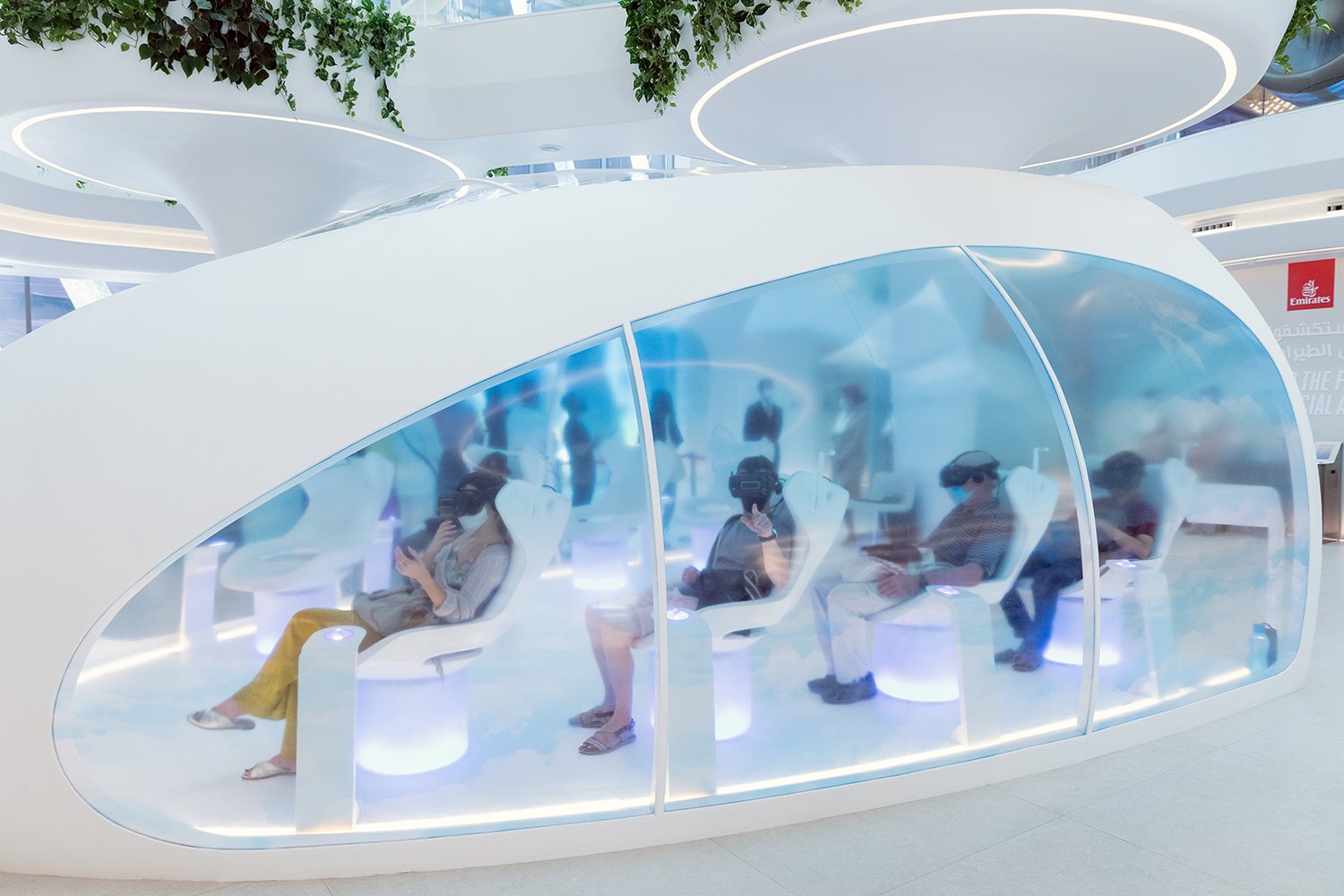Foundations of a Mirage
Dubai, United Arab Emirates, 2021 - Ongoing
2021 is an important year for the United Arab Emirates, which is celebrating the 50th anniversary of its and hosting EXPO 2020 (postponed by a year due to the COVID-19 pandemic) in Dubai, the country’s most important city, considered the “New York of the Persian Gulf”.
The fate of the UAE took a drastic turn with the discovery of oil in Abu Dhabi in 1958 and in Dubai in 1966. Even today, over 85% of the country’s economy is based on exports of natural resources. In recent years, the construction boom has driven the country’s government to invest in very expensive infrastructure, in Dubai itself, chasing various records, such as the Burj Khalifa, the world’s tallest building; the Dubai World Central International Airport, the most expensive airport ever built; the three Palm Islands, the largest artificial islands in the world; the Dubai Mall, the largest shopping mall in the world; Dubailand, an amusement park that is supposed be twice the size of Disney World (which, however, has suffered severe delays due to the recent economic crisis).
The population of the UAE is around 10 million, of which 11% are citizens of the United Arab Emirates and 89% are foreigners (mostly immigrants from India, Pakistan and Bangladesh).
Although for some time now the country, also through the EXPO, has been attempting to tackle important and current issues such as sustainability (accessibility and resilience of environmental resources, energy and water), in practice it relies on a system that has very little that is sustainable and modern about it, i.e. the exploitation of low-cost migrant labour to create works that aim to be the largest/tallest/most impressive etc. to the world, whose goal is to support a purely Western type of consumerism, even at the cost of distorting the traditions and culture of the country itself, resulting in an artificial, contradictory reality.
Thanks to its reflective surfaces and the use of futuristic technologies, Dubai’s show of modernity can dazzle and distract from the actual situation, where capitalism reigns supreme. Even so, however, it is not difficult to notice the army of workers ready to clean and disinfect anywhere suitable for hosting visitors, including the streets, or in charge of directing tourists and satisfying their every need.
The dark side of Dubai has many facets, including that of being a tax haven capable of attracting people and money whose origins are “hazy” to say the least, but it is on a human level that the cruellest face of this reality can be found, where workers are treated like commodities, also through what is known as the kafala, a system of exploitation that shares some characteristics with human trafficking. The result is therefore a form of contemporary slavery that goes unnoticed because to visitors, Dubai appears to be a wonderland, whose hardly “sustainable” foundations, however, they fail to see.






































